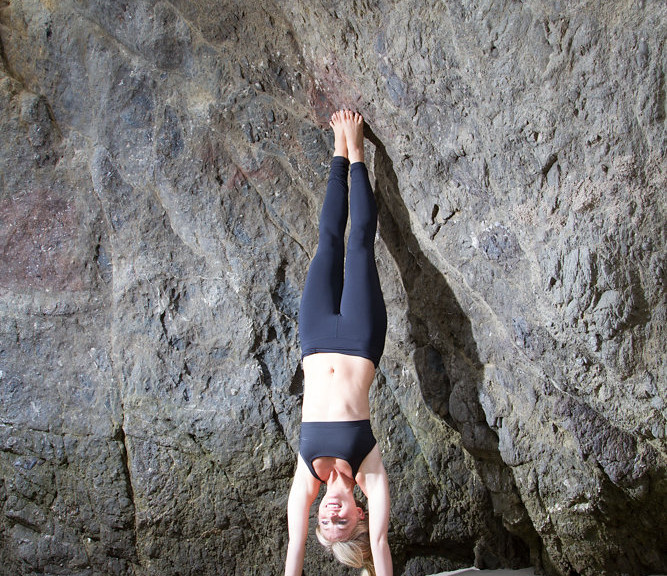For many years when I practiced yoga, I did not think there was any rhyme or reason to the series of poses the teacher instructed.
I naively almost offered to teach one day in a gym when an instructor didn’t show up- I am so happy someone else stood up and started the class because it would have been hilarious. I honestly had no clue what actually went on! I thought I could lead others- a yoga teacher must’ve always dwelled deep inside me.
Now, after hundreds of hours of certification… so much thought and sequencing goes into a class! Over these next series of blogs, I am going to break down for you, pose by pose a beginning yoga class. There are some basic principles that apply to the most general basic yoga class, and like I said, when I started I had no idea what was happening around me and even less understanding of what was happening inside me.
Breath.
I will start this blog series with a few common breathing techniques. This is usually how classes begin. In yoga there are many types of breathing techniques with many awesome benefits! I am going to pick a few of the most common just to get you familiarized.
“‘Vi’ means against, Loma means hair, viloma means against the natural flow.
Viloma is an interrupted breathing technique where you pause briefly during your breath. This pranayama gently introduces the concept of expanding the breath and lung capacity through controlling your breath.”- http://www.ekhartyoga.com/blog/viloma-pranayama
One begins this practice by laying down, I recommend placing your hands on your lower abdomen. Direct the air below the navel, feel it rise and swell and pause. Hold for one or two beats, inhale again into the upper lungs and filling the side of the body, pause again. Hold for two beats. Sip in a little more air past the throat, hold at the top of this full inhalation for another two or three beats, and exhale fully out. Allow a natural round of breath to occur. And then repeat.
There are variations of this technique but Viloma 1 is very common in a beginner practice.
Ujjayi Breathing: “There is a magnet in your throat that draws the energy up from deep within the well of the lower abdomen.”- Geetaji
This can be done seated as well as implemented in many yoga poses. In english it is called “Victorious Breath”
Inhale through the nose, creating an ocean like sound as it glides past the throat. Upon exhalation ( which is not silent) one makes a sound as if they were trying to fog up a mirror. This is an excellent way to drop into the body and exhale out any frustrations that you have endured through the day. As well as mentally start to focus on deeper breathing which greatly assists you in the poses.
How to do it
Breathe in and out through the nose (or mouth). Pull the abdomen in towards the diaphragm during the exhalation and out during inhalation. This is very fast, as fast as 2 or 3 times per second, and also very loud. The people next to you should be able to hear you. When perfected, the rate should be 120 to 180 times per minute!- http://www.thesecretsofyoga.com/breathing/breath-of-fire.html
